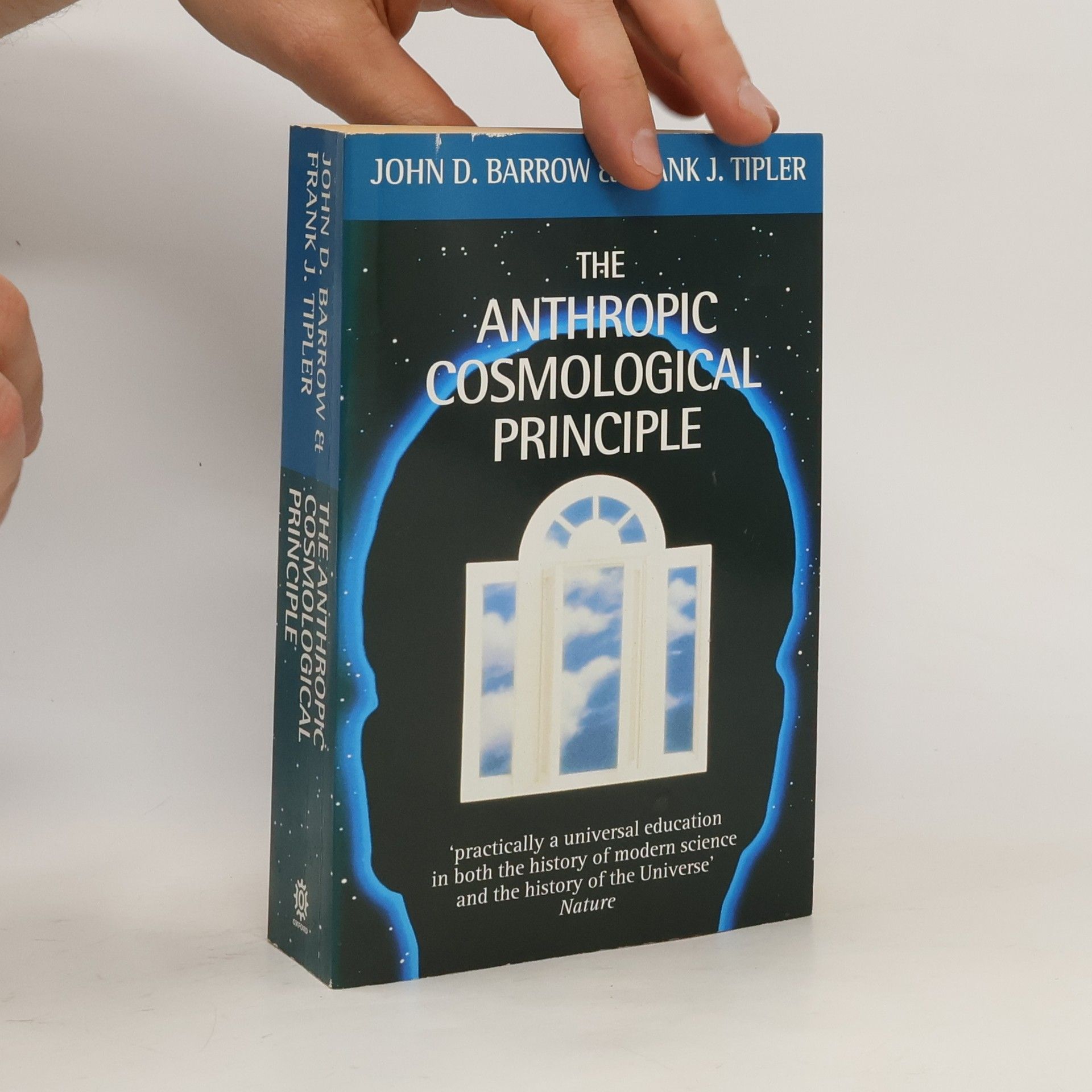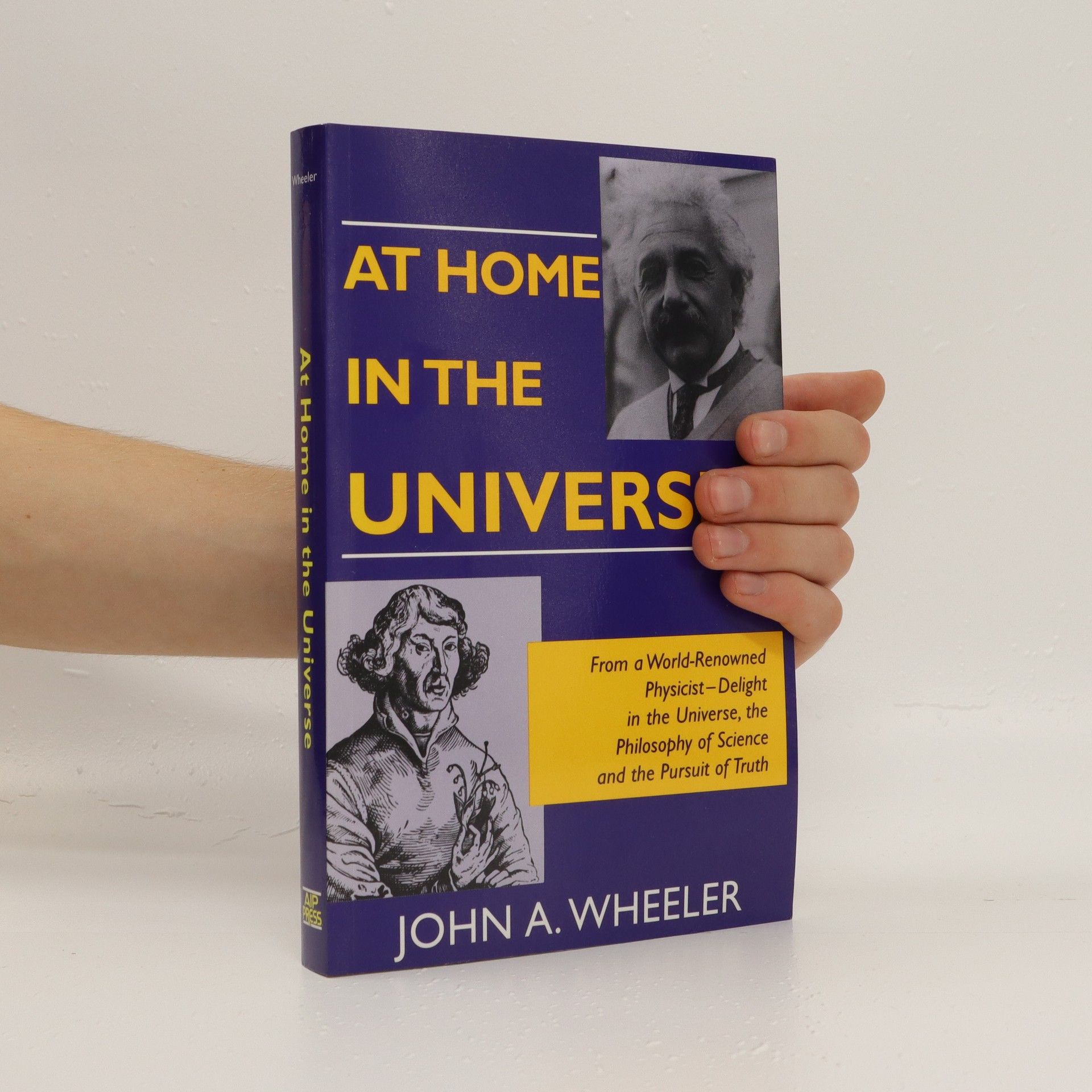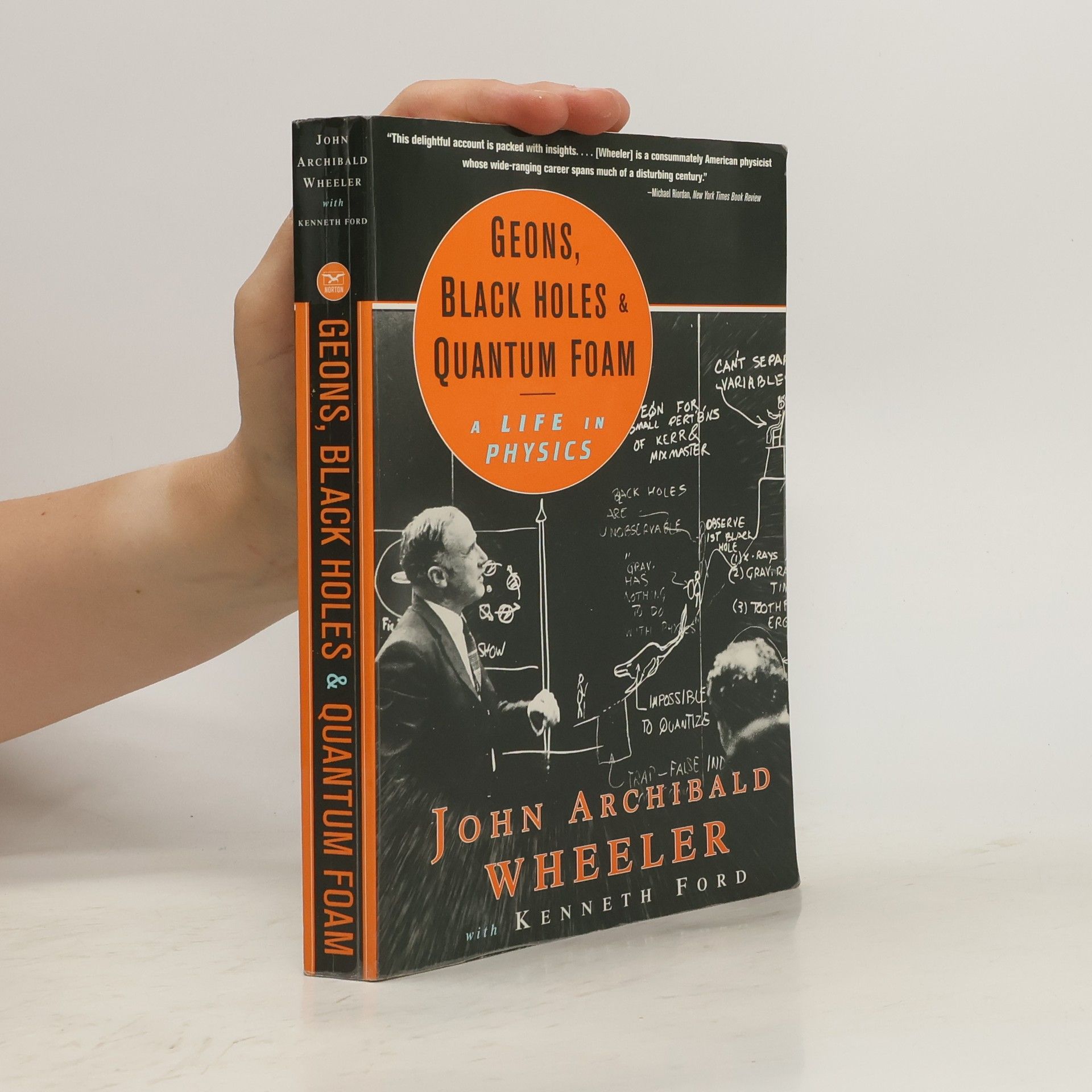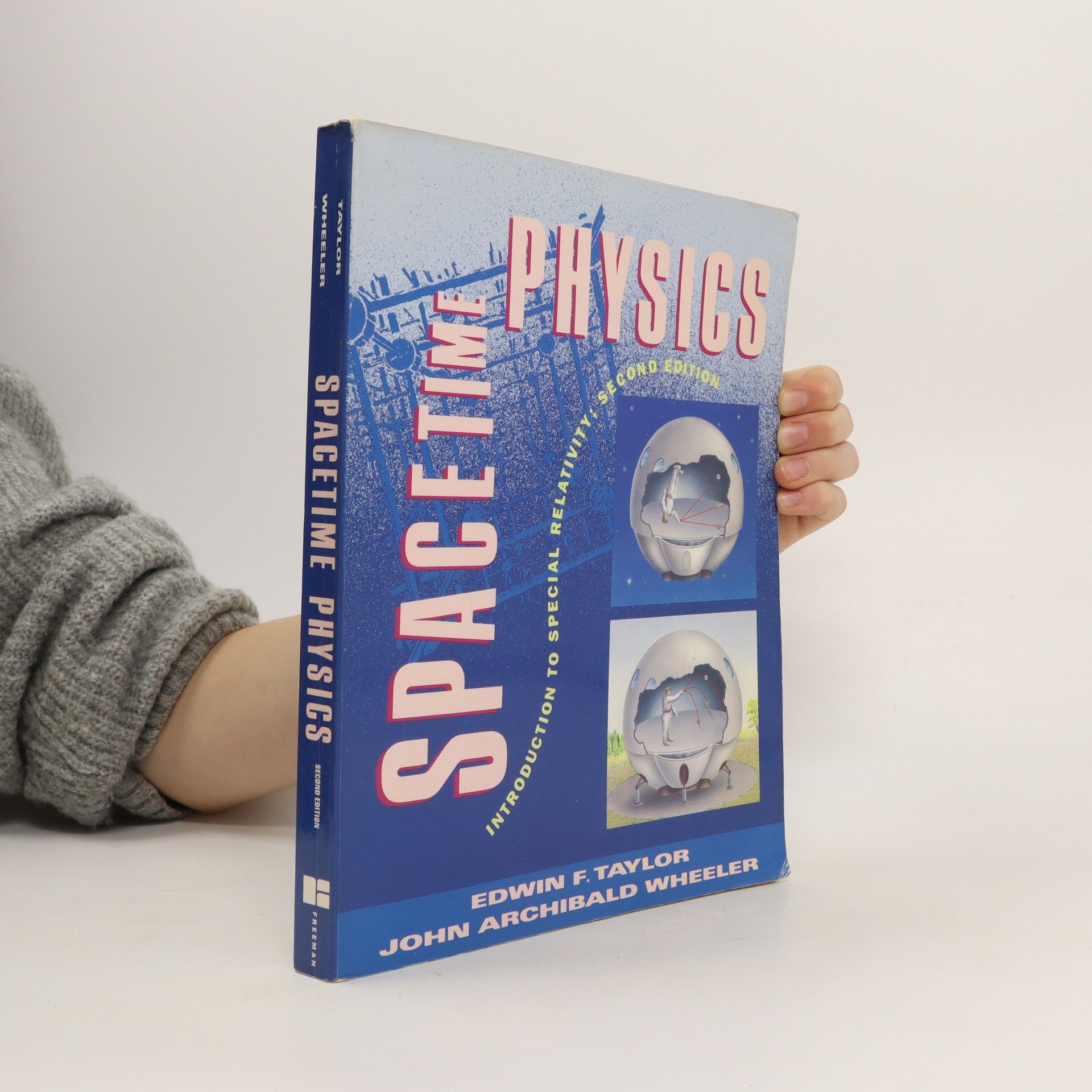Fyzika priestoročasu
- 332 pages
- 12 hours of reading
Úvod do špeciálnej teórie relativity. Druhé vydanie Fyziky priestoročasu v sebe zahŕňa všetko to, čo sa autori naučili počas nasledujúceho štvrťstoročia vyučovania a výskumnej práce. Aktualizovali text, aby odrážal nesmierny pokrok fyziky za posledných 26 rokov a zmodernizovali a zväčšili počet úloh, vďaka ktorým bolo prvé vydanie Fyziky priestoročasu také povestné. Rámčeky s doplňujúcim materiálom poskytujú rozšírené pokrytie rôznych fascinujúcich tém. V rozšírenej poslednej kapitole o všeobecnej teórii relativity sú zahrnuté nové poznatky o gravitačných vlnách, čiernych dierach a o kozmológii.







